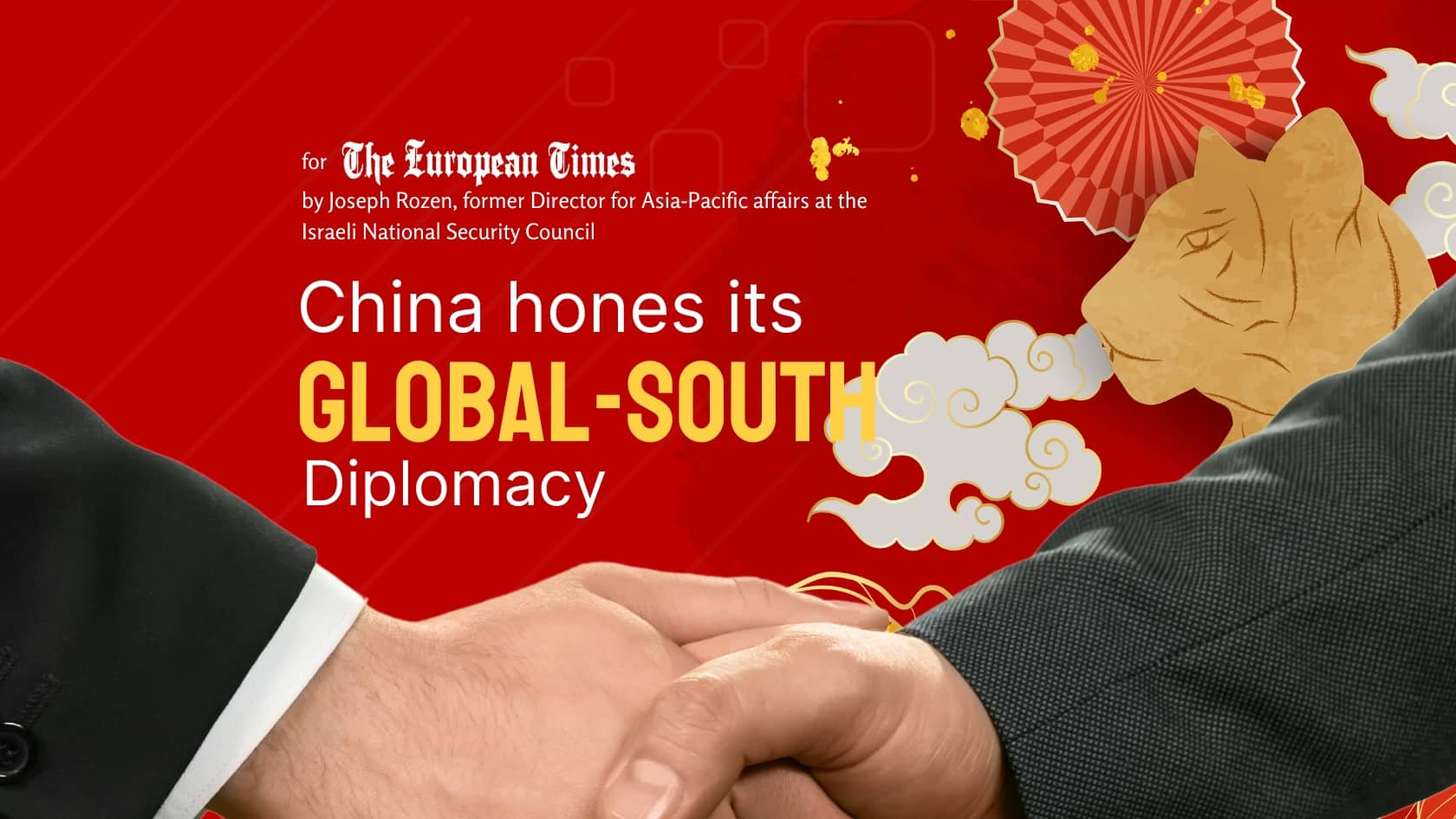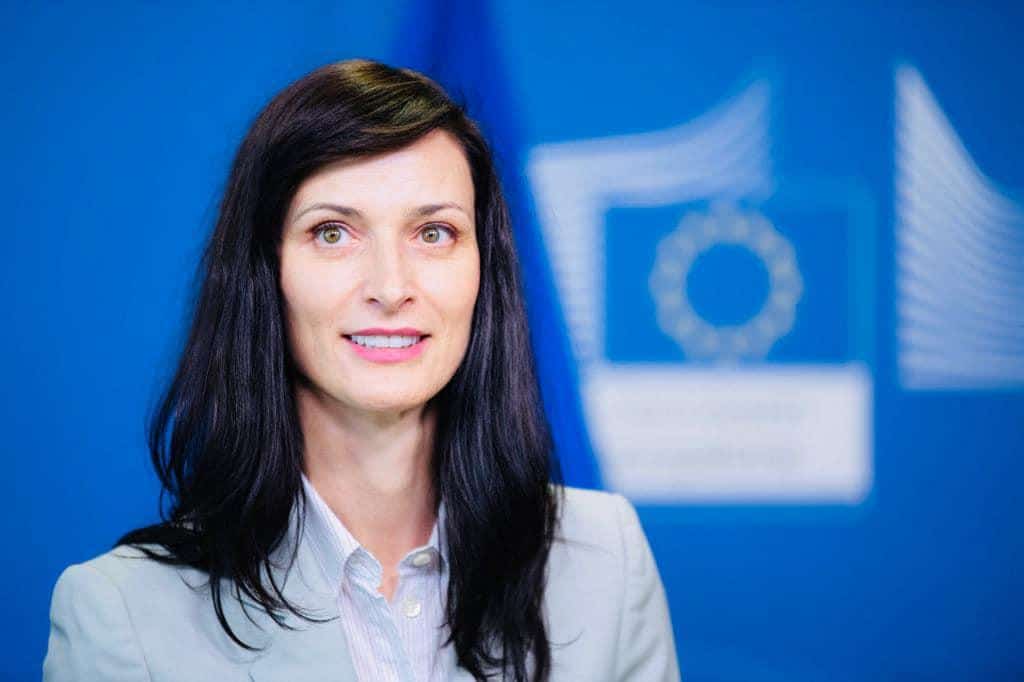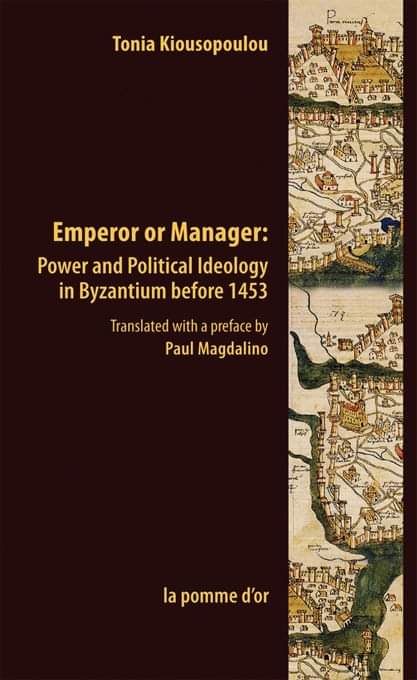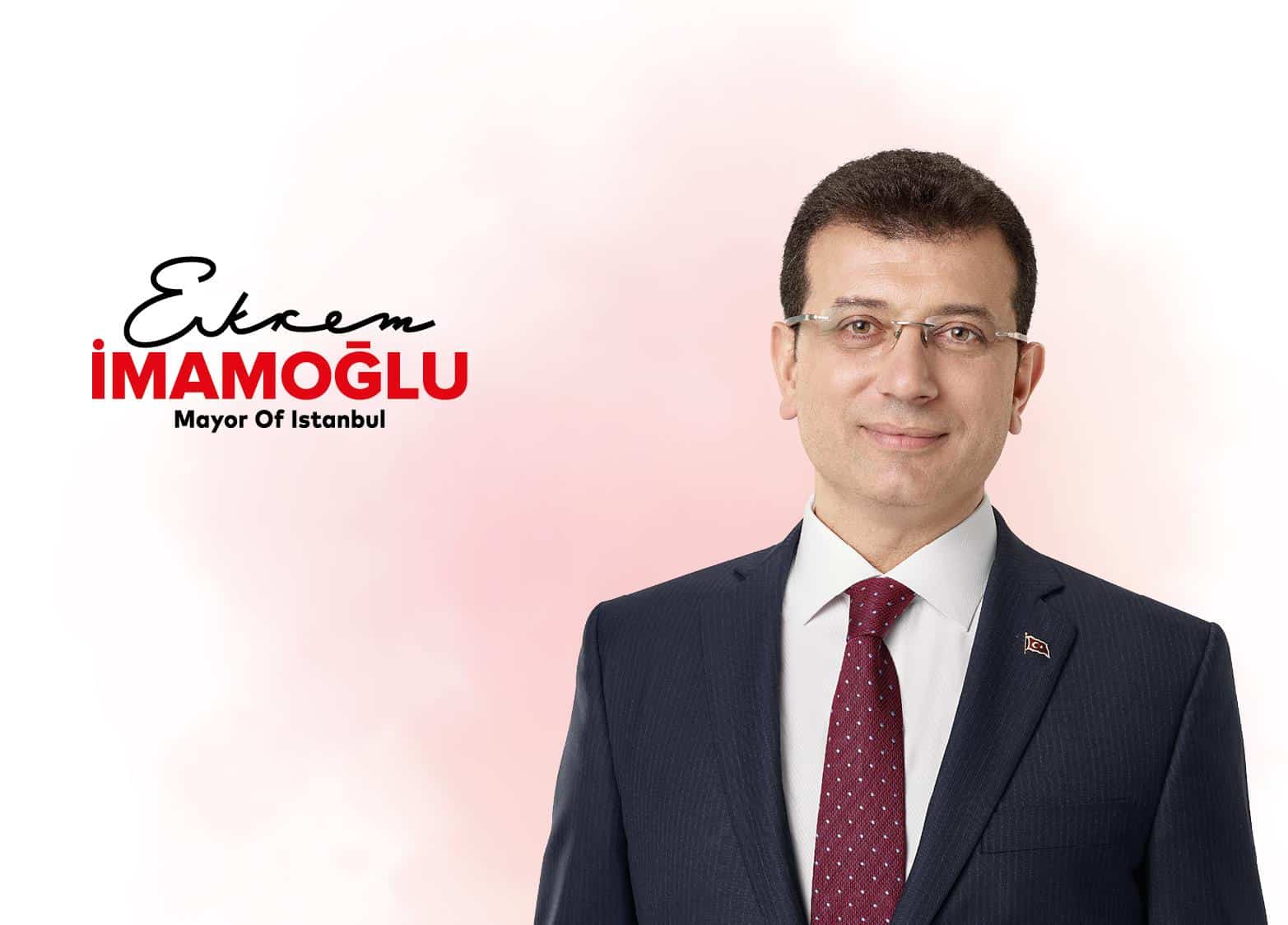China’s mediating role in Iran-Saudi deal signals a wider shift from wolf warrior to more constructive diplomacy
Iran and Saudi Arabia’s agreement to resume diplomatic relations after years of clashes caught many by surprise – especially due to the Chinese role in mediating between the parties, leaving the United States on the sidelines.
The deal was described by some as a ground-breaking achievement that will change the entire geopolitical architecture in the Middle East, with ramifications for the United States’ posture in the region.
In fact, the agreement did not turn Iran and Saudi Arabia from foes to friends, nor did it change the multifaceted approach of Middle East countries.
Moreover, China’s active diplomacy should not have come as a surprise; rather, it signaled another step away from “wolf warrior” to more constructive diplomacy, not only regarding the Middle East but globally.
To be realistic, China is not trying to replace the United States as a global peace broker but it is very capable of identifying global opportunities to extend its influence and enjoy the fruits of work done by others.
In addition, any promotion of stability is crucial to the Chinese economy – and equally important is to improve its global image.
For example, recently China presented a “peace plan” to end the war in Ukraine. Although that was mostly a smoke screen to legitimize Xi Jinping’s visit to Moscow, it is worth paying attention to China’s efforts to present itself as a balanced and responsible power.
Another example is the Chinese proposal to mediate between Israel and the Palestinians, recycling old principles that other countries already tried with zero success.
Beijing’s renewed diplomatic activism is aimed at shaping a new diplomatic narrative of China’s global role, primarily focused on the Global South.
Early signs of this diplomatic activism could be found at the Chinese Communist Party’s 20th National Congress last October. The changes made to the party and its organs were meant to create a clearer separation between the defense apparatus and the diplomatic circle.
The appointments made in March this year to China’s diplomatic cadre showed Xi’s focus on relations with the US and economic development.
Qin Gang, the new minister for foreign affairs and former ambassador to the US, was promoted to the rank of state councilor. Both Qin and his immediate predecessor Wang Yi, also a state councilor, have extensive experience in American affairs and both hold more power within the party than Wang’s predecessors.
In contrast, Zhao Lijian, who as Ministry of Foreign Affairs spokesman had personified more confrontational wolf warrior diplomacy, was demoted in January to a position overseeing ocean affairs.
Since March, the two senior diplomats have been pushing harder to realize an updated diplomatic vision advanced by President Xi in three core documents: Global Civilization Initiative, Global Security Initiative and Global Development Initiative.
All three emphasize the importance of worldwide cooperation and development while respecting the sovereignty and territorial integrity of all countries.
Although the three initiatives align with United Nations’ sustainable development goals, many Western countries remain skeptical about China’s real intentions or its ability to realize them. In the Global South, however, countries that are not willing to choose sides in the great power competition but need financial support are much more receptive.
Although Global South countries are aware of the complexity of engaging China, they are concerned more about solving their immediate economic challenges. China can offer them solutions without preconditions – capital for infrastructure projects and investments in manufacturing and services sectors.
In the Middle East, the symbolic mediation between Iran and Saudi Arabia is a sign of China’s growing influence in the region over the last decade. Last month, it was reported that China has resumed construction on a military base in the United Arabs Emirates. Earlier this year, China sealed several deals and agreements with Saudi Arabia, including US$50 billion worth of investments.
This trend is very evident in South Asia as well, with China already deeply invested in Sri Lanka and Pakistan while also extending its reach to Nepal and Bangladesh.
In the case of Bangladesh, China acknowledges the geostrategic importance and bright prospects the growing economy can offer but faces strong competition from India and Japan. The prime minister of Bangladesh is wisely balancing between these powers to promote win-win cooperation.
What we see in these two regions is playing out across the entire Global South and demonstrating that China’s new active diplomacy focused on cooperation rather than division is proving quite attractive.
In this context, public disagreements between the US and Global South countries (Saudi Arabia, Pakistan and Bangladesh, to name a few) are used effectively by China to expand its influence.
If the United States wishes to counter this trend, it should adopt a more constructive approach and manage disagreements behind closed doors. Otherwise, the US will find itself caught unaware in future developments as well.














